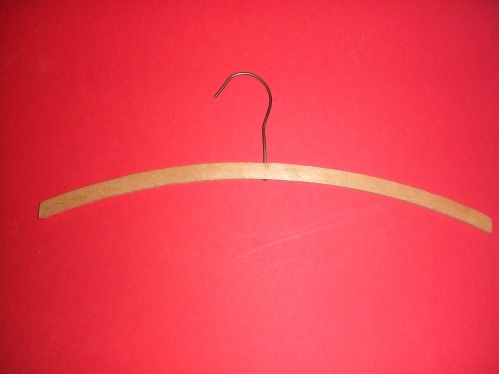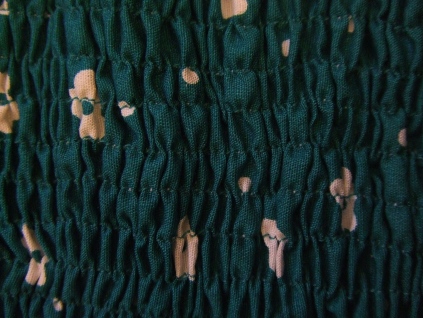“Now is the winter of our discontent” is the opening line of Shakespeare’s Richard III, but it’s also the phrase applied to the events of the winter of 1978 – 79. In September, the Prime Minister, James Callaghan announced that he would not call a general election despite being ahead in the opinion polls – “I am not proposing to seek your votes because there is a blue sky ahead today.” It was a stance he would regret in the coming months.
Later that month, 23 Ford car plants closed across Britain due to strikes. The Government had introduced pay policies throughout the 1970s in order to combat rampant inflation. Part of this policy was a guideline for pay rises to be capped at 5%. Sanctions would be imposed on companies that chose to breach the pay policy. To bring an end to the strike, Ford offered their workers a 17% pay rise and decided to accept the sanctions. The Ford workers accepted the deal.
This outcome though, seemed to signal that the government had no way of enforcing its pay policy and other industrial disputes quickly followed. Bakers went on strike and bread rationing was brought in as a bread-buying rush got underway in Bristol. The city’s smaller bakers step up their production to meet the demand.

Main brand bakery workers strike
The Times newspaper closed for nearly a year. A smaller 3p edition of the Bristol Post appears towards the end of 1978.

Large numbers of the lorry drivers working for oil producers, BP and Esso began an overtime ban in support of rises of up to 40% and the army were put on standby to take over from the tanker drivers if the disruption of oil supplies developed into a crisis.
I decided to try to make a cheesecake from the Farmhouse Kitchen book. Now, I must admit that I am renowned for my inability to make a decent cheesecake. I try all sorts of recipes, but it’s usually unsatisfactory. This cheesecake was an Orange Chocolate Cheesecake and on paper had the approval of all the family. It seemed quite easy to make as it was a no-cook type of cheesecake and here it is in the tin:

Chocolate Orange Cheesecake
Well, sadly it didn’t really set very well, but it was actually rather yummy. The cheese layer had a great citrus flavour and wasn’t too sweet. The chocolate biscuit base was particularly good. I think I can take the blame for the cheese layer not setting properly. I used vegetarian setting agent rather than gelatine. Perhaps with more of this added to the cheese mix it would set, I must have just got the quantity required wrong.
Today has been a little warmer and I chose an outfit that included my Butterick 3065 jeans and a shirred sun top made from a Burda pattern. I think that shirring was quite popular for sun dresses in the seventies. It wasn’t the warmest of outfits to wear even with the cardigan. Apparently the snow is due to arrive again tomorrow, so I’ll be reverting to something warmer.

Hippy Jeans and Shirred Sun Top








